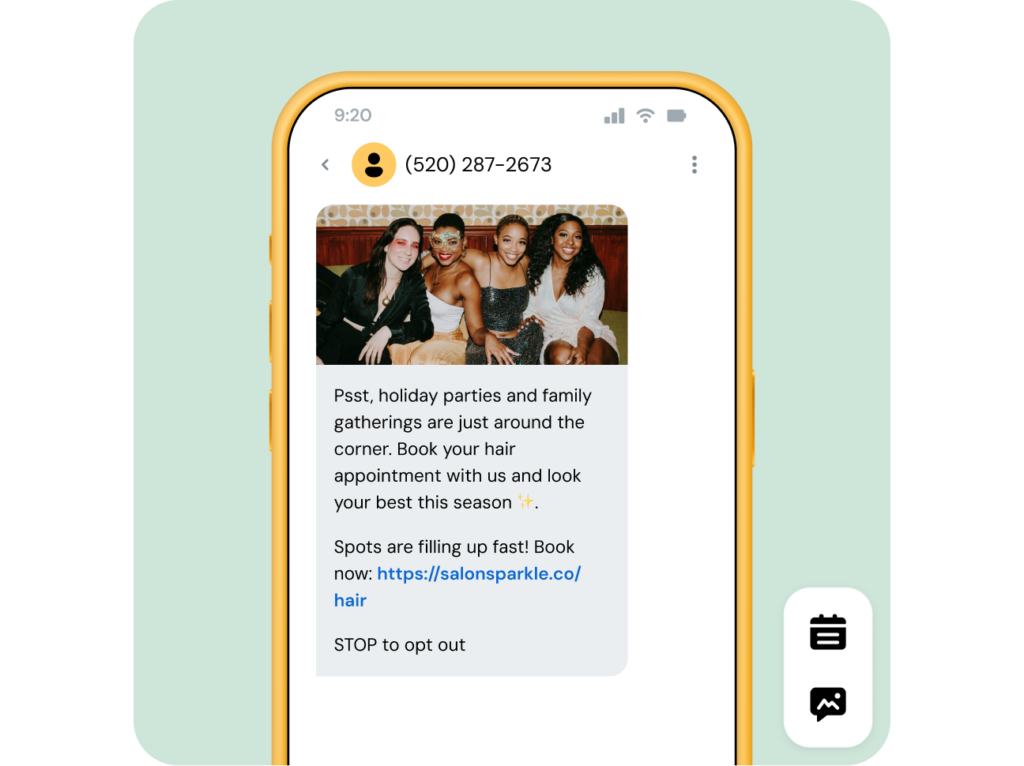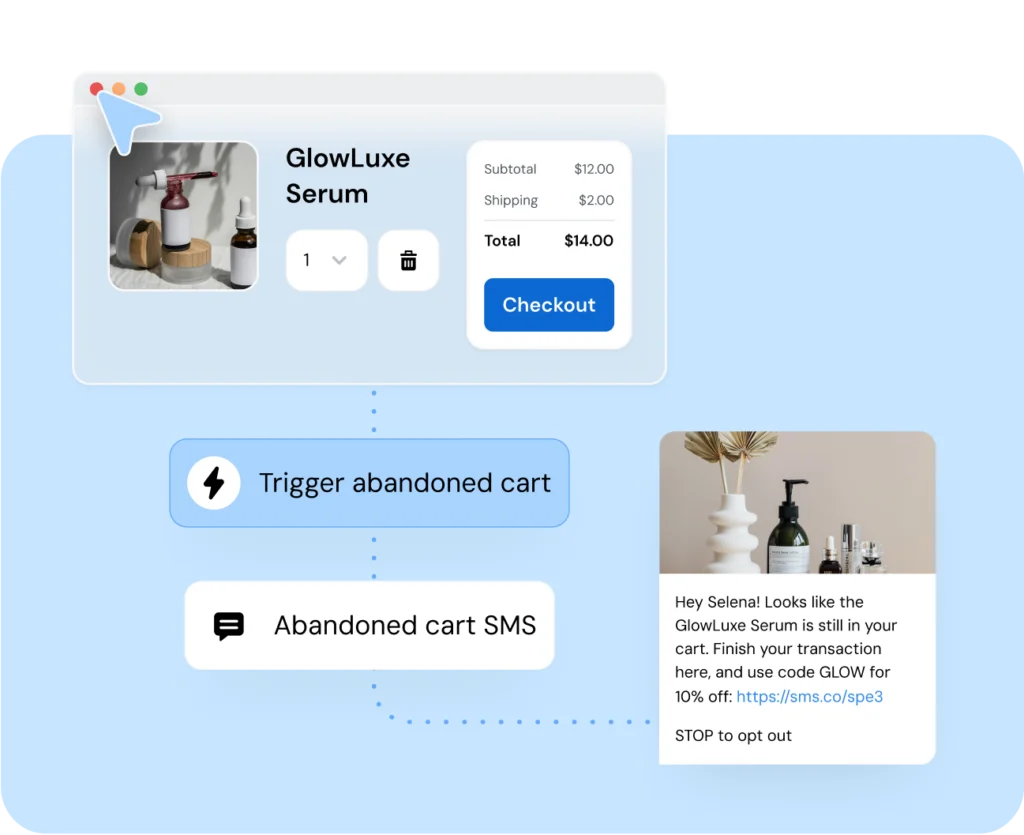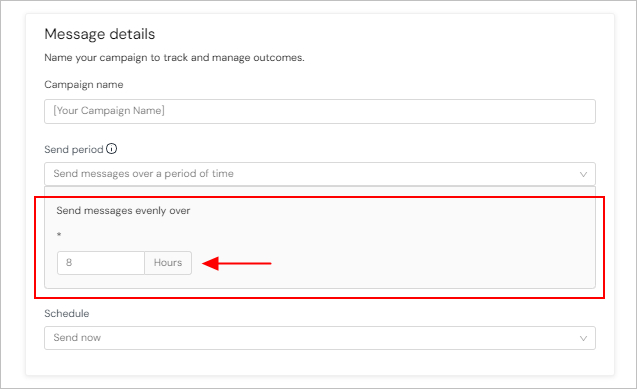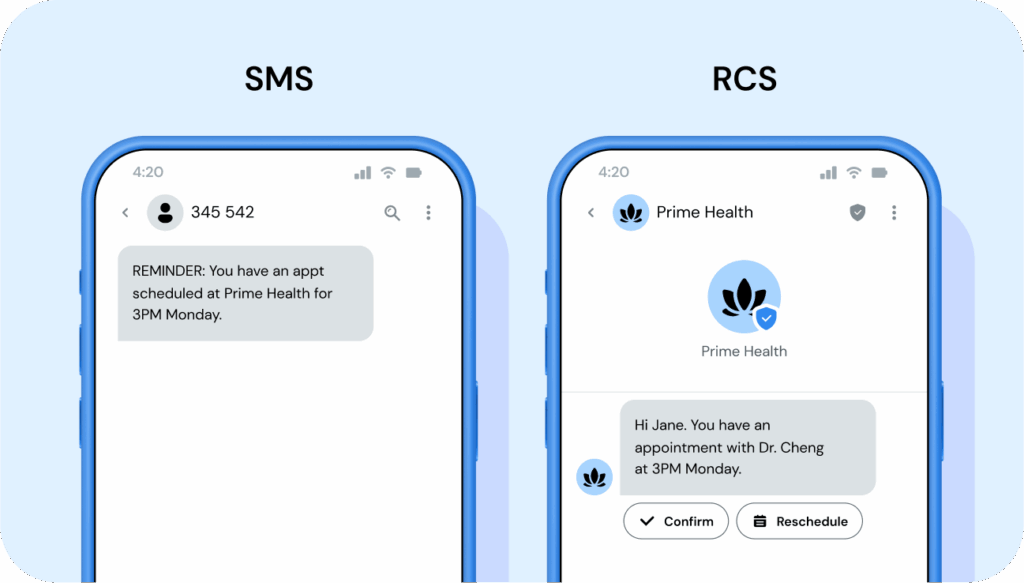Resources
Seasonal SMS marketing strategy: A guide to holiday text campaigns that stand out

Resources

Whether it’s New Year’s, Valentine’s Day, Thanksgiving, Black Friday, or Christmas, there’s one thing you can be sure of during the holiday season – people are more ready and motivated to spend money than on any other day. Hopefully, they will spend it with you.
In this guide, you’ll learn how to execute seasonal SMS marketing campaigns and drive revenue during the most competitive shopping periods of the year.
Holiday marketing campaigns will always be a challenge, because there’ll be a constant battle among brands for customer attention. Everywhere your customers look, they’re inundated with email promotions and ads following them from feed to feed. And your social media posts – if they even get seen – disappear in minutes.
However, SMS cuts through differently.

For example, consider what Oz Hair and Beauty has done with seasonal texting. They’re a premium Australian beauty retailer with a large physical and digital presence, and for their Black Friday campaign – instead of relying only on email – they sent targeted SMS with personalized offers (made easy with Sinch Engage’s Shopify SMS integration).
Thanks to quick, easy setup for things like abandoned cart and segmented SMS sends, they got 12% click-through rate, 15% response rate, and a 38x ROI, without a ton of extra effort.
So if you’ve yet to try holiday text campaigns (or want to enhance your existing strategy), just know that you too can get similar results.
To increase your chances of having a successful holiday SMS campaign, you need to plan early.
How early? Here’s what we recommend.
Black Friday, Christmas, and other peak shopping moments require strategic buildout, creative development, and technical setup that can’t happen at the last minute.
This is the case with most big holidays because customers often like to hear about deals months before the holiday starts. With Black Friday, for instance, the figure stands around 55% of consumers according to Sinch’s Black Friday Trends.
Valentine’s Day, Mother’s Day, Summer promotions, and similar events need less runway but still require proper preparation.
Responding to Prime Day or competitor moves requires speed but also a certain level of thoroughness. You can typically set these campaigns up in under three weeks.
You can take things further by breaking your plan into four distinct phases.
This is when you define campaign objectives tied to business goals and dig into historical performance from past holiday campaigns.
Do you want to increase your sales? Find new customers? Drive more traffic? It’s important to know what you hope to accomplish.
You should check your customer data quality and platform connections at this stage.
It is also at this point that you allocate your budget across channels.
Figure out what you’re going to say and who you’re saying it to.
Build offer architecture—tiered discounts, VIP access, exclusive deals.
This could look like 30% off and early access for VIPs, 20% off for regular customers, and a “we miss you” deal with 15% special discounts for dormant accounts.
If you’re planning to use MMS (which means sending rich media like images), get those graphics made now, not the week before launch.
Look for SMS marketing platforms that allow you to configure automation sequences.
For example, Sinch Engage integrates with ecommerce platforms like Shopify, BigCommerce, and WooCommerce.
These integrations help you recover abandoned carts, add automated SMS workflows, and create personalized promotional campaigns.

If you’re new to holiday SMS campaigns – take your time. Generally as part of the technical setup, you’ll want to make sure you do a test send before you blast your message across your entire list and also make sure your team knows about your campaign.
Watch your dashboards like a hawk. If you suddenly get 10x the normal response volume, you need to know what to do.
Check how your A/B tests are performing and be ready to switch gears if something’s not working.
Don’t wait until the last minute because those late campaigns often create problems for you.
You might end up with broken links, your team not knowing what to say when customers have questions, and, saddest of all, leaving money on the table because you didn’t think things through.
Not every holiday deserves a campaign. To determine whether to start a campaign, run it through this three-question test:
Black Friday drives purchase intent across almost every category. Mother’s Day drives massive intent for flowers, jewelry, restaurants, and gifts – but less so for B2B software. Halloween works for costume shops and candy retailers, but probably not for enterprise SaaS.
Look at your historical data. Did this holiday drive sales last year? If not, why would this year be different?
If you’re competing purely on “biggest discount,” you’re in a race to zero margin. But can you offer unique value in a different way?
Maybe your angle could be:
Think of your unique offer and go from there.
Don’t force it. If you sell industrial equipment, Valentine’s Day is probably not your moment (unless you get creative with B2B relationship building, but that’s a stretch).
If you sell winter coats, a massive summer sale in July makes sense. If you sell swimwear, the same sale in December doesn’t.
Did you answer yes to the three questions? If so, you have a strong campaign opportunity, so plan accordingly.
Two “Yes” answers? Consider a lighter-touch approach. Maybe send a single message to a smaller audience segment. Monitor how they respond before sending similar messages to your entire list.
If you said yes to only one question, you should probably skip the holiday and preserve your list health for holidays that matter.
Seasonal SMS marketing that works involves sending the right message to remove friction between intent and purchase.
Here’s how to do it.
Your first 20 characters show up in the phone notification. That’s what captures attention and makes someone open the message.
Don’t waste it on pleasantries or building up to your point. Get to the value immediately.
Instead of saying “Hey, Sarah! The holidays are here…,”
try,
“Sarah: 30% off ends tonight.”
Now she knows exactly what’s in it for her and why it matters.
Test this yourself. Look at your phone’s lock screen notifications. Which ones make you tap? It’s never the ones that ease into it. It’s the ones that lead with “here’s what you get.”
Urgency works, but only if it feels real. People have been burned by fake countdown timers and manufactured scarcity.
Here are three types of urgency we’ve seen work:
The key with all of these: don’t lie.
If you say 6 hours, it had better actually end in 6 hours. If you say 47 left, your system better be tracking real inventory. The second someone catches you faking urgency, you’ve lost their trust for future messages.
A few examples of how you help guide your customers to ready, click, and buy:
Another way to make conversion frictionless is to ensure your landing pages load as fast as possible – preferably under 3 seconds on mobile.
On the landing page, put one clear CTA above the fold and use large, tappable buttons that your customers can’t miss (minimum 44×44 pixels).
List segmentation will help you deliver the right message to the right audience. Segmentation makes personalization easier and improves your customer engagement and conversion rates.
You can segment by:
Some SMS platforms make you export lists, manually filter them in a spreadsheet, then re-upload segments. That might be manageable if you’re running one campaign. But when you’re sending 5-7 messages to different groups? You’ll want something easier.
Thanks to our powerful app integrations, Sinch Engage can pull customer data directly from your Shopify or BigCommerce store (and many other popular platforms like HubSpot, Salesforce, and more) and allow you to easily segment your lists based on purchase history, location, and engagement. From there, you can use 2-way messaging and trigger automated messages and SMS actions without having to leave the platform you know.
Curious how Sinch Engage makes it easy to send texts directly from your CRM, ERP, and marketing and ecommerce platforms? Explore all of our integrations.
Timing isn’t just about when you launch your campaign. You need to understand when shoppers are most receptive to taking action.
For example, from your data, you may notice that Christmas shipping deadlines might work better in the evening (7-8 PM) when people remember forgotten gifts.
So it would make sense to send messages close to that time.
Also, don’t just send one text message on the day of your holiday sale. Create a sequence that builds anticipation and captures customers at different decision points.
It could look like this:
This sequencing is likely to convert better because it matches where customers are in their decision-making process. Early messages build awareness. Launch messages capture ready buyers. Final messages push fence-sitters over the edge.
Building these sequences manually means setting calendar reminders and hoping you don’t forget to hit send at 9 AM on Saturday. This isn’t ideal when you’re also running the actual sale.
With Sinch Engage, you can schedule the entire sequence upfront based on specific send dates, or even set them on a staggered send over a period of time.

Your seasonal campaigns need to feel connected to the actual holiday, not just slapped with festive emojis.
For instance, for Father’s Day, you could highlight craft beer, coffee, and experiences—not generic ties. For back-to-school, target stressed parents with practical messaging about getting kids ready.
Also, dial it down with the seasonal language. Most customers would enjoy receiving a “🎄 Holiday magic: 40% off” message instead of one like “🎄✨🎅 HO HO WHOA!!! Santa’s bringing MASSIVE deals 🎁🌟❄️.”
The overall lesson here is to match your tone to how people are actually feeling during that moment.
Are customers stressed? Be helpful. Are they hunting deals? Be direct. Are they celebrating? Be warm. But never lose sight of why you’re texting them—to drive a sale.
Friction kills conversions, especially on mobile. Your call to action needs to be so obvious and easy that customers can act without thinking.
Aside from leading with value, aim to make the conversion path easy to follow.
So instead of making customers figure out what you want them to do, be direct.
Ditch CTAs like “Take a look,” or “Find an amazing selection,” for CTAs like “Tap to claim your 30%,” and “Text GIFT for ideas.”
Plain text messages work, but richer formats can dramatically improve engagement during major holiday campaigns when competition is fierce.
Whether it’s for showcasing apparel items, home goods, food, and gift guides, you can use an all-in-one messaging platform like Sinch Engage to send eye-catching texts via multiple channels on top of SMS, including:

Your SMS subscribers need a reason to stay subscribed. Exclusive deals create that reason while making customers feel valued. Some ways to convey exclusivity in an SMS are:
Most brands go silent the second their holiday sale ends. That’s a mistake. Post-sale follow-up can recover a surprising chunk of revenue and turn holiday impulse buyers into actual repeat customers.
If popular items sold out during your sale, message everyone who looked at them when the stock comes back. “Good news: those boots you were checking out are back in stock.” These restock alerts often pull a surprising number of people back, considering there was intent already.
Here are some mistakes that could tank your holiday SMS marketing campaign and how to avoid them.
Sending identical text messages to your entire list, regardless of purchase history or engagement level, fails because your VIP customer who spent $2K last year doesn’t want the same 10% offer you’re sending to cold subscribers.
Key tip: Create different creatives for different audiences based on behavior and customer data.
TCPA violations spike during high-volume seasons. Sending outside consent windows, ignoring opt-outs, or using purchased lists creates legal risks that aren’t worth the trouble.
Key tip: Audit consent records before major SMS campaigns and don’t buy lists.
Sending “6 AM flash sale!” at 6 AM Eastern means 3 AM Pacific. This annoys West Coast shoppers, reduces effectiveness, and increases opt-outs.
Nobody wants a text at 3 AM. They won’t think “oh, cool, a sale.” They’ll think, “Who is this and how do I make it stop?”
Key tip: Segment sends by time zone.
Seasonal SMS marketing works when you plan early, segment your list, and send the right kind of message. So here are some quick takeaways for sending fewer, smarter messages that convert during the holiday season.:
Ready to level up your SMS marketing strategy for holiday campaigns?
Book a demo or try Sinch Engage for free to get started. You can also explore our integrations to see how easy it is to add SMS campaigns to your current tech stack.